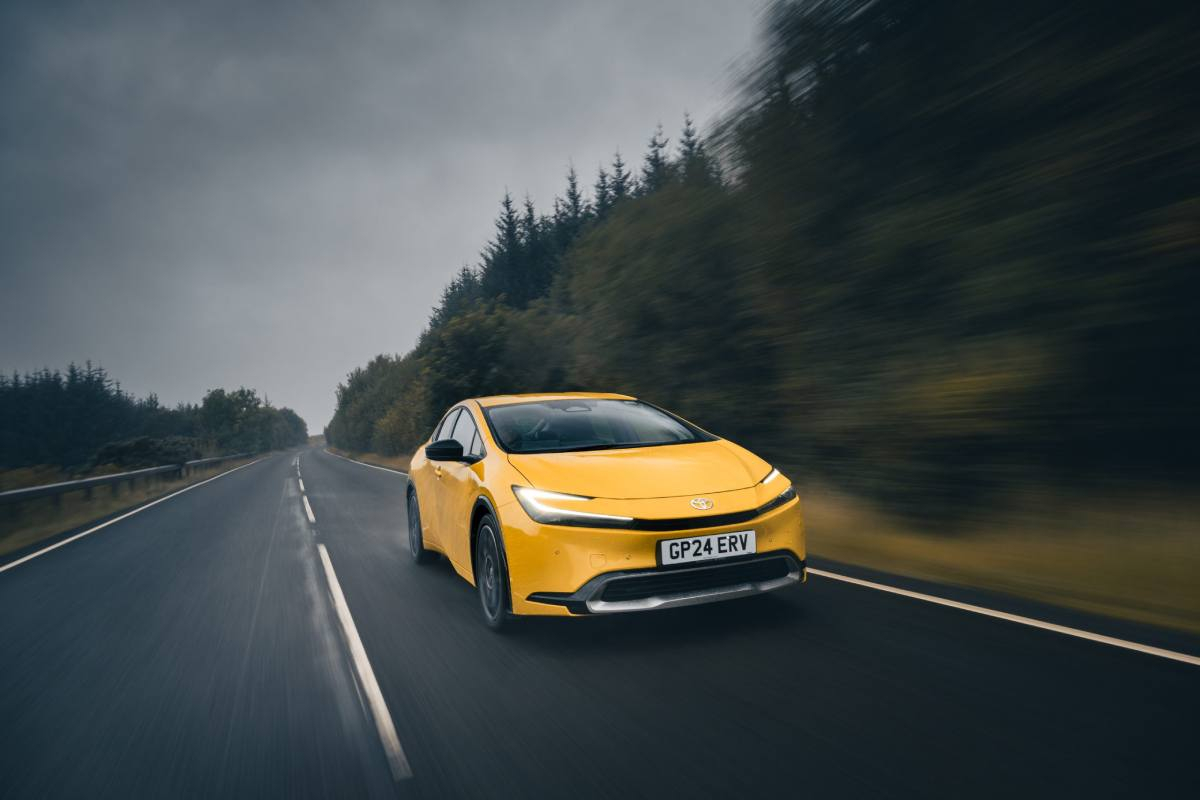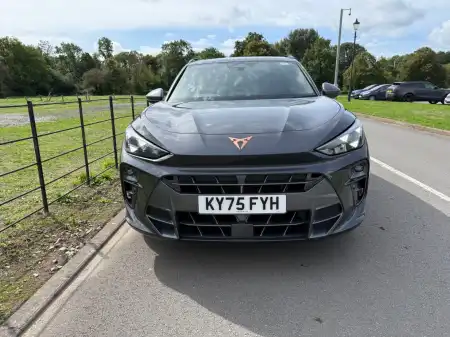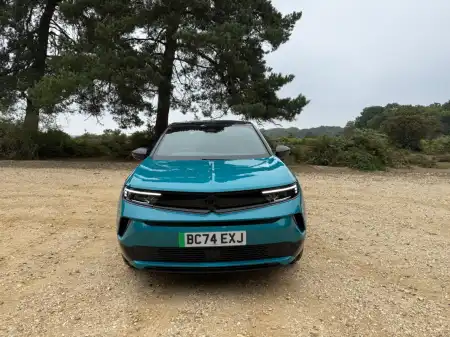- Good looks
- Economical
- Perky performance
- Interior could be brighter
- The boot could be bigger
- Infotainment system should be more intuitive
Introduction
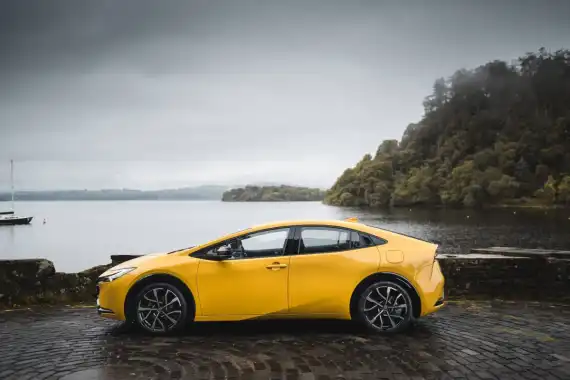
Love it or loathe it, the Toyota Prius is the vehicle acknowledged for transforming the automotive landscape, writes Tim Barnes-Clay.
Although it wasn't the very first hybrid vehicle, as many people tend to believe, it was indeed the first to be produced on a big scale.
Upon its debut, the Prius faced scepticism; some found it unappealing or thought it was merely a fad that would fade away.
However, it paved the way for other automakers to follow, leading to the development of plug-in hybrid cars and pure electric vehicles.
The Prius was a pioneer, and it has since evolved.
Initially launched solely as a self-charging model, now commonly referred to as a full hybrid (HEV), it’s currently available as a plug-in hybrid (PHEV) in the UK.
Furthermore, its design has undergone significant refinement and modernisation over the years, culminating in this recently released model.
Officially categorised as a liftback, the Prius features a hatchback with an elongated rear that slopes gently, distinguishing it from conventional hatchbacks.
Believe it or not, this marks the fifth generation of the Prius, although it's only the fourth to grace UK roads. Toyota has had two decades to perfect its offering for British consumers.
Interestingly, Toyota intended to sell a different model on these shores, but eventually decided to usher in the plug-in hybrid variant instead.
So, the burning question remains: is it any good?
That's what we're eager to investigate.
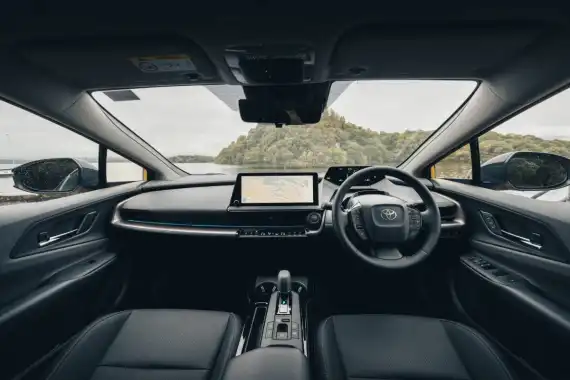
The Prius has gone under the knife to have a makeover, while still maintaining its wedge-like silhouette, which we've come to associate with the Toyota.
The front end has undergone a remarkable transformation, featuring a new boomerang-shaped headlight design that stretches into a gap between the front bumper and the bonnet.
As with previous models, there's a slender upper grille occupying this space, while the lower grille has been enlarged and is framed with glossy piano black trim.
The overall appearance is sharper, even possessing a menacing edge.
The body profile remains flat mainly along the sides, but a prominent straight crease runs diagonally between the two wheels, and the wheel arches are accentuated with defined creases.
The rear has also been given a modern touch. The former glass panel on the boot lid has been replaced with a glossy black panel situated beneath the rear window.
Additionally, the repositioning of the number plate to the bottom has created a blank space that allows the 'PRIUS' script to be displayed prominently across the centre of the tailgate.
Inside, the steering wheel features a central airbag and buttons on either side, with horizontal air vents along the dashboard. Above these vents sits a 12.3-inch infotainment display, accompanied by physical climate control buttons below, allowing for easy temperature adjustments without needing to enter the infotainment system.
The hybrid mode selector also has a straightforward physical control. While the infotainment system displays crisp graphics, its navigation can be complex, with small icons and menus that require stretching to reach the left side of the screen. That said, it's responsive and includes smartphone mirroring via Apple CarPlay and Android Auto.
Behind the wheel, a seven-inch digital display replaces traditional dials. It's clear yet feels cluttered, lacking customisation options, which is disappointing given that many rivals offer alternative layouts.
Overall, while the interior won't worry premium brands like Audi, it's a solid improvement over earlier designs. A few brighter touches could have further elevated the space.
On The Road
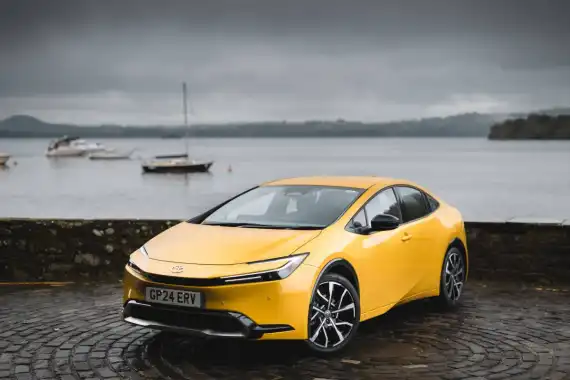
Handling & Performance
The powertrain of the Prius offers quite a spirited performance, achieving a 0-62mph time of 6.8 seconds.
This is more than sufficient for a family vehicle, leading us to wonder why Toyota hasn't introduced anything with less performance.
However, we certainly won't be grumbling – when the power is fully harnessed, an immediate surge of torque propels the Prius forward effectively from a standstill.
In hybrid mode, you initiate movement solely with the electric motor, which, while not lightning-fast, still picks up speed at a respectable rate before the petrol engine kicks in as you continue to accelerate.
The engine activates and deactivates as necessary. In stop-start traffic or on busy roads where speed limits apply, you can make adequate progress without needing petrol power at all.
When you do floor the accelerator, the engine can sound a bit raucous; yet, the powertrain generally remains capable, given the ample torque available, meaning you rarely need to push it hard.
The 'gearbox' is a continuously variable transmission, featuring a single gear. This doesn't do much for the engine's acoustics at high revs, but it's one of the better CVTs we've encountered. With no gear changes to manage, acceleration feels remarkably smooth.
As for handling, the Prius is surprisingly impressive. Its precise, well-weighted steering delivers a commendable level of feedback through the wheel. There's a decent amount of grip in corners, although it doesn't quite match the agility expected from a performance-oriented car.
While it may not be the best motor in its class, it exceeds our expectations and marks an improvement over the previous iteration.
Despite this enhancement in handling, ride comfort remains strong, thanks to the suspension that effectively smooths out bumps and potholes. The Prius feels solid and steady, even on less-than-ideal road surfaces.
Wind and tyre din are kept to a minimum, and our Excel trim benefits from noise-dampening laminates on the rear windows.
Regenerative braking plays a role in recharging the batteries during deceleration, kicking in as soon as you lift your foot from the accelerator.
The Prius can also utilise the SatNav to ascertain its location, allowing it to deploy the regenerative braking to automatically slow down when nearing roundabouts and corners. Furthermore, there's the option to adjust the intensity of the braking effect.
It's an effective system, and once you become accustomed to it, it feels consistent and predictable; although, at its highest setting, it can be rather aggressive.
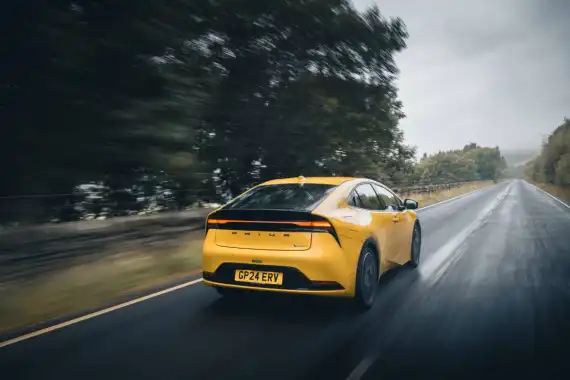
Space & Practicality
Finding a comfortable driving position in the Toyota Prius is relatively straightforward, particularly in the Excel trim.
Standard features include electric seat adjustment, whereas the lesser Design model offers only manual seat adjustment. Both variants, however, come equipped with powered lumbar support.
The steering wheel is adjustable, although we found ourselves having to compromise between an awkward wheel position and struggling to read the lower section of the digital instrument display.
Visibility out the front is not the greatest, as the windscreen pillars are relatively robust. Their positioning is troublesome due to the car's overall design, as they’re significantly swept back and can obstruct your view.
The situation is even more challenging at the back, where the thicker pillars impede over-the-shoulder visibility, and the rear side windows are not exceptionally expansive.
Fortunately, front and rear parking sensors along with a rear-view camera are standard, which helps alleviate some of these concerns.
The Excel model further enhances visibility by displaying a feed from a roof-mounted camera in the rear-view mirror.
There is plenty of room at the front for taller drivers, and while it may feel a bit confined, it typically won't pose a significant problem. That said, if you’re tall, the windscreen feels quite close to your head due to its sharp angle and extended design.
Lofty rear seat passengers may find the sloping roofline limits headroom, but there’s ample legroom that should comfortably accommodate most individuals.
Fitting three adults in the back is feasible, but longer journeys could become uncomfortable with all seats occupied.
As for the boot space, it has improved from the previous model's PHEV, which offered a modest 191 litres compared with the old Prius full hybrid's 457 litres. Although the new model doesn't reclaim all that lost space, it does provide a more respectable 284 litres.
The seats fold 60:40, which, though common for this class, is less convenient compared with the 40:20:40 split found in some other vehicles.
On the plus side, the boot opening is wide and accessible, making it easier to utilise the available space. Additionally, the Excel version features an automatic tailgate for added convenience.
A large, sturdy polystyrene tray covers nearly the entire boot area, offering some underfloor storage. The loading lip is relatively low, which is beneficial, especially since the boot floor is not adjustable.
Inside the cabin, you'll find a fair bit of storage, including a couple of cup holders in the front, a cubby beneath the central armrest, a tray under the dashboard ahead of the gear lever, and a couple of USB ports.
Ownership
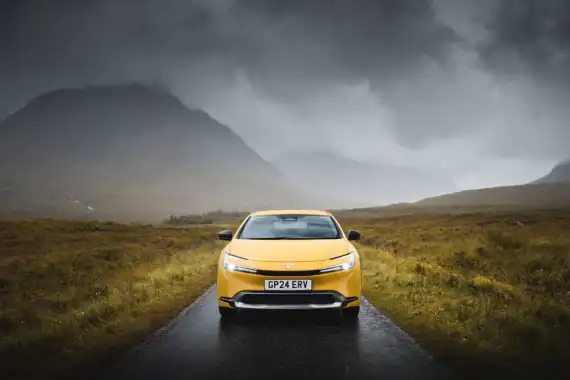
Running Costs
The Excel-trimmed Prius, reviewed here, claims fuel economy figures of 403.5 to 565.0mpg and emits 12-17g/km of CO2.
Even with a run-down battery, you’ll still be getting over 50mpg.
With low emissions and a 53-mile all-electric range, the Prius will be attractive to company car drivers, as it falls into a low Benefit-in-Kind tax bracket.
You can charge the Prius from a three-pin plug, but for speed and safety, using a dedicated cable with a wall box unit can charge it up in around 2.5 hours rather than 6.5 hours.
What’s more, you can count on Toyota's reliability. It's widely regarded as one of the most trustworthy car marques out there.
Verdict

The latest Prius marks a significant improvement over its predecessors.
The Toyota delivers commendable performance, enjoyable driving dynamics, and impressive fuel efficiency, even when the battery is depleted. With its all-electric range, you can easily manage shorter trips without relying on the petrol engine.
However, one downside is that the interior could use more flair. A few simple enhancements would lift its somewhat drab appearance, although it does represent an upgrade from the previous model.
In terms of practicality, the sloping roofline restricts rear headroom, and the boot remains relatively modest in size. On the tech side, while the infotainment system boasts attractive graphics, it's not the most user-friendly.
All in all, despite its shortcomings, the Prius remains an outstanding option for eco-minded drivers.
This version of the Toyota Prius is undoubtedly the finest yet.
